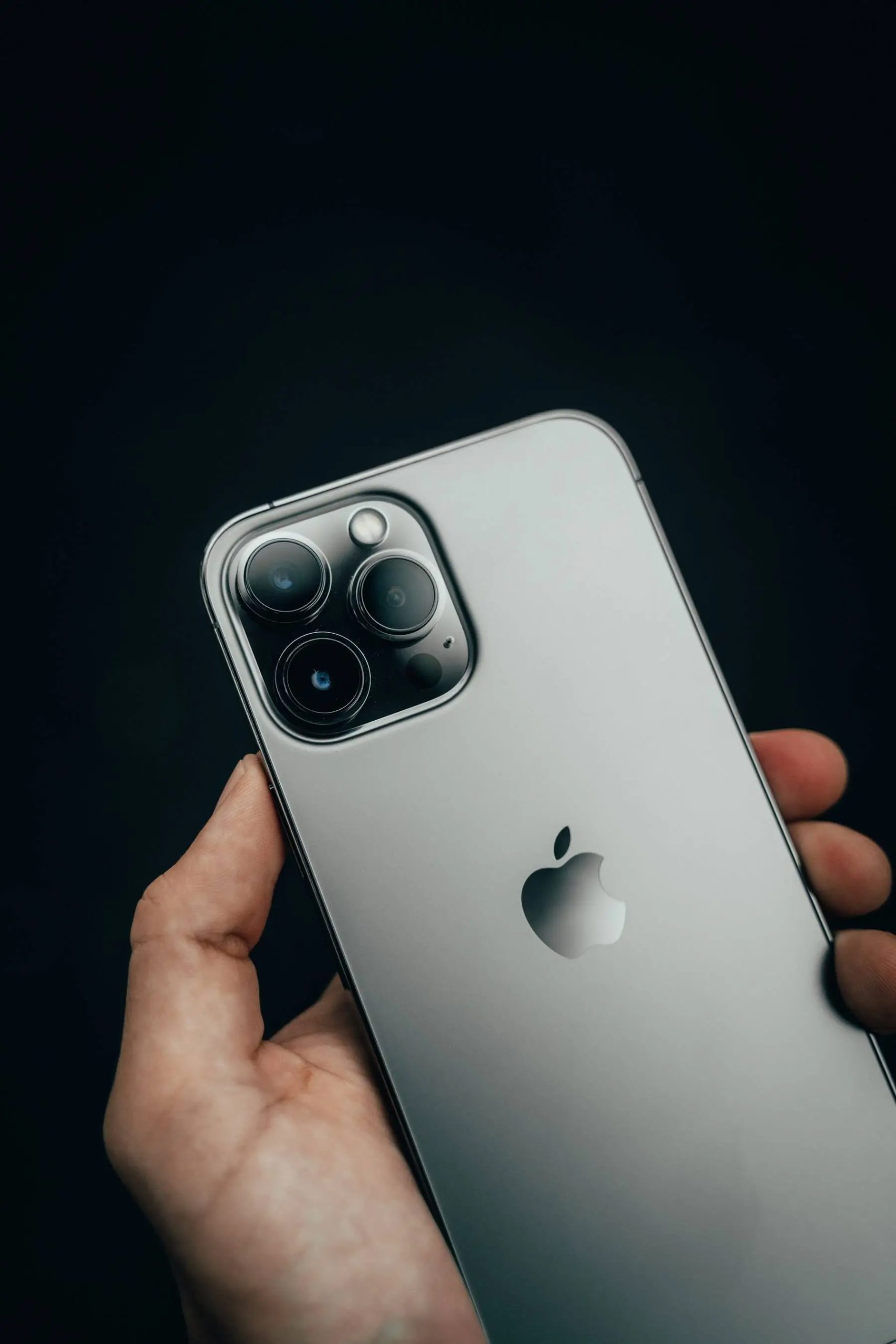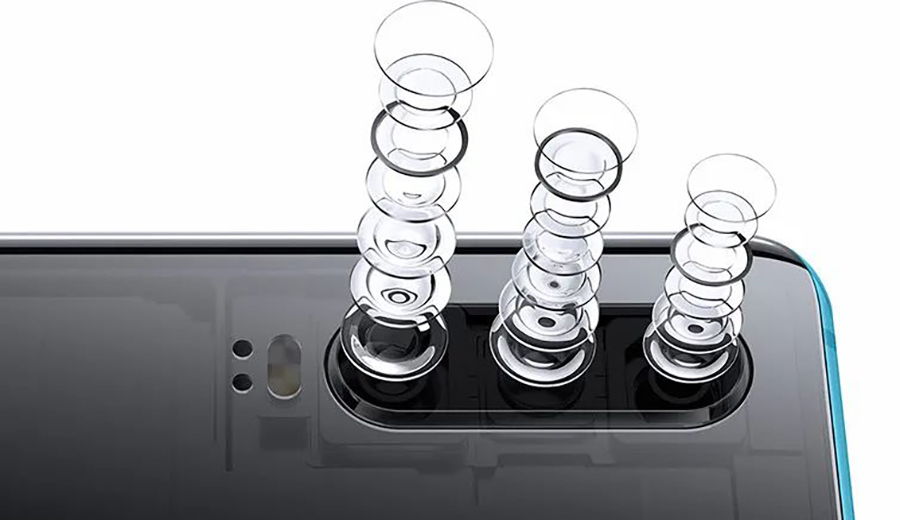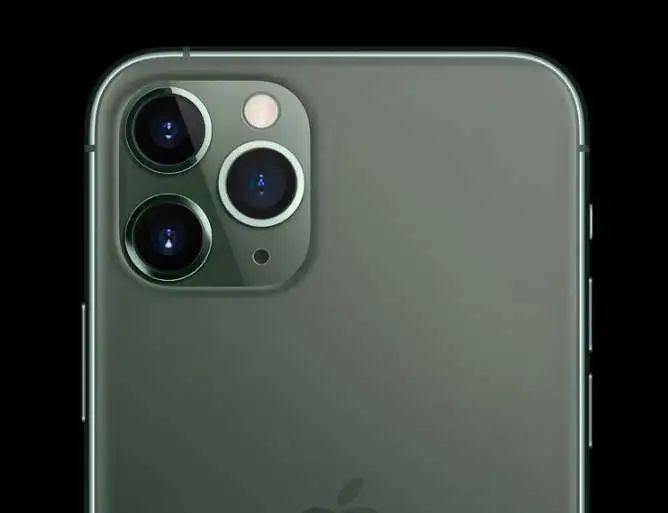FaceTime, Apple’s renowned video calling service, has revolutionized the way we communicate, bringing friends and family closer than ever before. However, nothing can be more frustrating than encountering camera issues during a crucial video call. Whether you’re facing a black screen, a frozen camera view, or error messages indicating camera unavailability, troubleshooting these problems can restore your connection to loved ones and colleagues. This troubleshooting guide will provide you with a step-by-step approach to fixing camera woes on FaceTime, ensuring that your video calling experience is as smooth and uninterrupted as possible.
Diagnosing the Problem
Identifying Common Camera Issues in FaceTime
The first step in troubleshooting is to identify what kind of camera issue you’re experiencing. Common symptoms may include a black or frozen screen, an alert stating that the camera is not available, or poor video quality. Take note of any error messages that appear, as they can provide valuable clues for the solution. Also, check if the issue persists across other apps that use the camera to determine if it’s a problem specific to FaceTime or a system-wide camera malfunction.
Assessing Camera Functionality
Before delving into more advanced troubleshooting steps, it’s essential to assess whether your camera is functional. Test your camera in the iPhone Camera app or on other applications like Instagram or Snapchat. If the camera works fine outside of FaceTime, the issue likely lies within the app’s settings or your network connection. However, if you encounter problems across all camera-related apps, there may be a hardware issue with your device’s camera.

Basic Troubleshooting Steps
Ensuring Camera Access Permissions
For FaceTime to utilize your camera, it must have the necessary permissions. Go to ‘Settings’ > ‘FaceTime’ and make sure that FaceTime is enabled. Additionally, check ‘Settings’ > ‘Privacy’ > ‘Camera’ to verify that FaceTime is listed and toggled on. If it was off, turning it on may resolve your camera issues. It’s also a good idea to go through these steps for the ‘Microphone’ settings to ensure complete functionality during calls.
Restarting the Device and FaceTime App
Sometimes, a simple restart can fix a multitude of tech problems. Close the FaceTime app by double-pressing the Home button or swiping up from the bottom of the screen (depending on your iPhone model) and swiping up on the FaceTime app to close it. Then, power off your iPhone by holding the side or top button and either volume button, slide to power off, and then turn it back on after a few seconds. After the device restarts, reopen FaceTime to check if the camera is working.

Advanced Troubleshooting Techniques
Updating iOS to the Latest Version
Running an outdated version of iOS can lead to compatibility issues with apps like FaceTime. To ensure that you have the latest bug fixes and performance improvements, go to ‘Settings’ > ‘General’ > ‘Software Update’ and install any available updates. An up-to-date system can often resolve camera issues encountered during FaceTime calls.
Checking Network Settings and Restrictions
A stable internet connection is crucial for FaceTime to function correctly. If you’re on Wi-Fi, try moving closer to the router or resetting it. For cellular data, ensure that ‘Settings’ > ‘Cellular’ > ‘Cellular Data’ is enabled, and you have a strong signal. Additionally, review any restrictions that might be set up in ‘Settings’ > ‘Screen Time’ > ‘Content & Privacy Restrictions’ > ‘Allowed Apps’ to ensure FaceTime and Camera are allowed.

Seeking Further Help
Contacting Apple Support or Visiting an Apple Store
If you’ve followed all the steps and your FaceTime camera woes persist, it may be time to seek professional help. Contact Apple Support through their website or schedule an appointment at a local Apple Store. Their technicians can perform diagnostic tests to determine if there’s a hardware issue with your iPhone’s camera.
Considering Hardware Repair or Replacement
When troubleshooting software fixes doesn’t resolve the camera issues, it could indicate a hardware problem. If your iPhone is still under warranty or covered by AppleCare+, hardware repairs or a replacement may be your best option. Be sure to back up your iPhone before taking it for repair, as data loss is a possibility during hardware servicing.

Resetting Settings and Restoring iPhone
Resetting FaceTime and Camera Settings
If the camera issues persist despite basic troubleshooting, you might need to reset all settings on your iPhone. This will return all system settings to their default state without deleting your apps or data. To do this, go to ‘Settings’ > ‘General’ > ‘Reset’ and select ‘Reset All Settings’. This action may resolve any conflicts or errors with your FaceTime camera settings. Note that you will need to re-enter Wi-Fi passwords and reconfigure other settings after the reset.
Considering a Full Restore as a Last Resort
When all else fails, restoring your iPhone to factory settings is a drastic, but sometimes necessary, measure. Before proceeding, back up all your data to iCloud or your computer. Then, go to ‘Settings’ > ‘General’ > ‘Reset’ and choose ‘Erase All Content and Settings’. This will completely wipe your iPhone and return it to its original state, as if it were new. After the restore, you can set up your iPhone from scratch or restore from a backup. A fresh start can often eliminate deep-seated software issues that may affect your FaceTime camera functionality.

Maintaining Camera Performance for Future Calls
Keeping Clean Camera Lenses and Sensors
Regular maintenance of your iPhone’s camera is crucial for optimal performance. Keep the camera lenses clean by gently wiping them with a soft, microfiber cloth. This can prevent blurry images and ensure that your FaceTime video calls are crystal clear. Additionally, avoid exposing your iPhone to extreme temperatures or environments with high humidity, as these conditions can damage the camera sensors over time.
Regularly Monitoring for Software Updates
To keep your FaceTime experience trouble-free, regularly monitor for any new software updates released by Apple. New updates not only bring additional features and improvements but also critical bug fixes that may address camera issues. Enable ‘Automatic Updates’ under ‘Settings’ > ‘General’ > ‘Software Update’ to ensure your iPhone always has the latest software version installed.
Camera issues on FaceTime can be a significant inconvenience, but with this step-by-step troubleshooting guide, you can address many common problems. Starting with basic checks for app permissions and device functionality, moving on to ensuring up-to-date software and stable network connections, and finally seeking professional assistance if needed, are all part of a thorough process to get your FaceTime camera back on track. Remember to always back up your iPhone before performing any major troubleshooting steps or when taking it for repairs. With a bit of patience and perseverance, you can solve camera woes on FaceTime and enjoy seamless video calls once again.